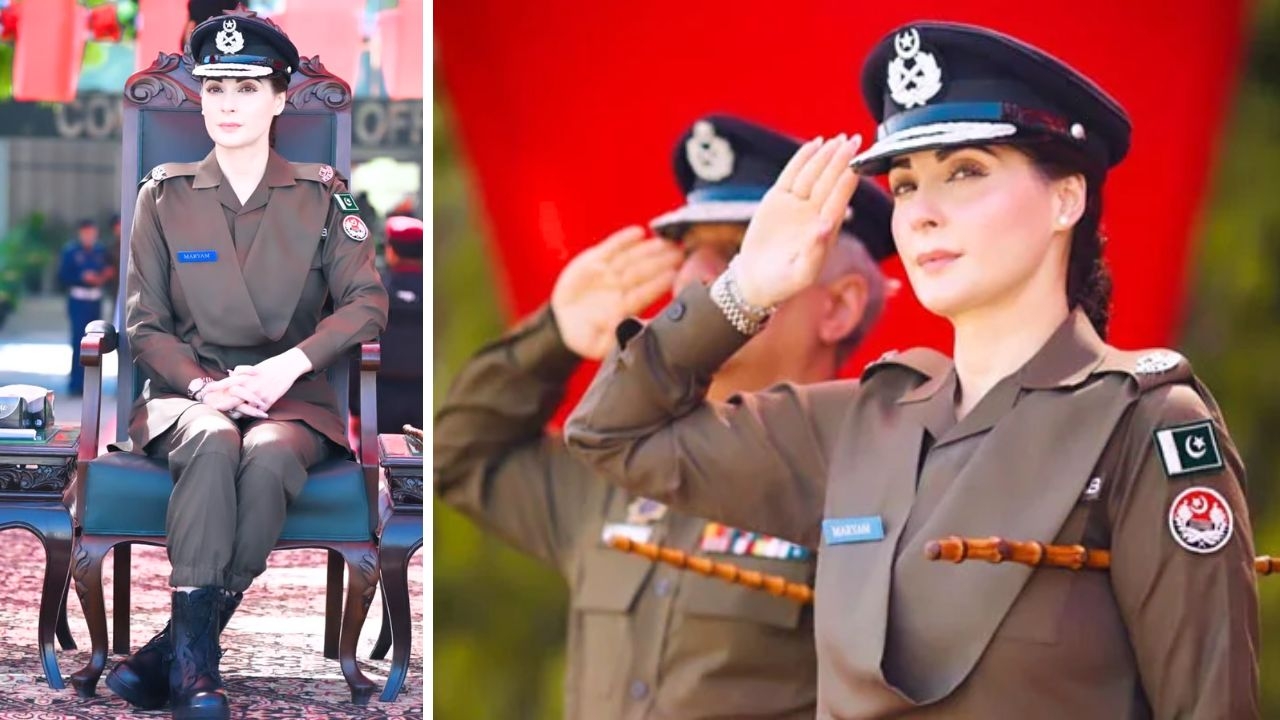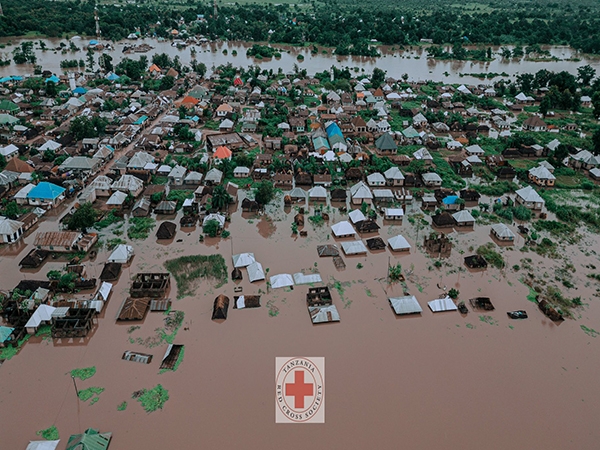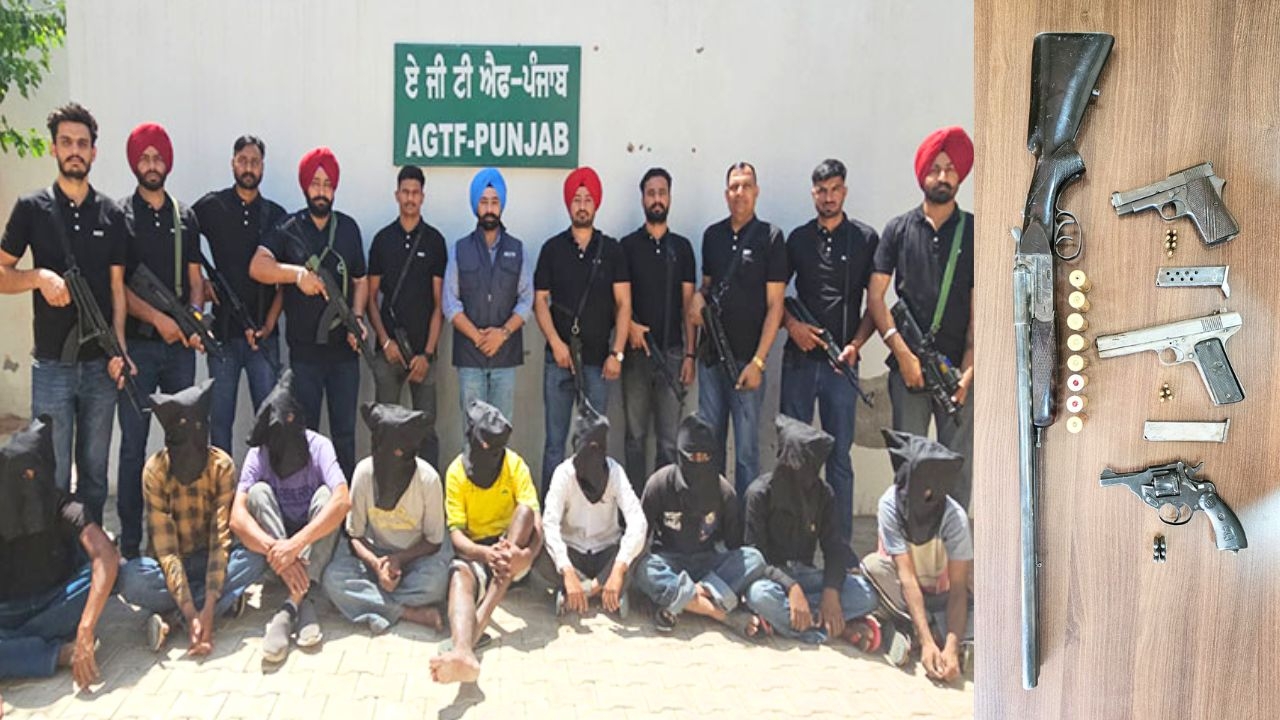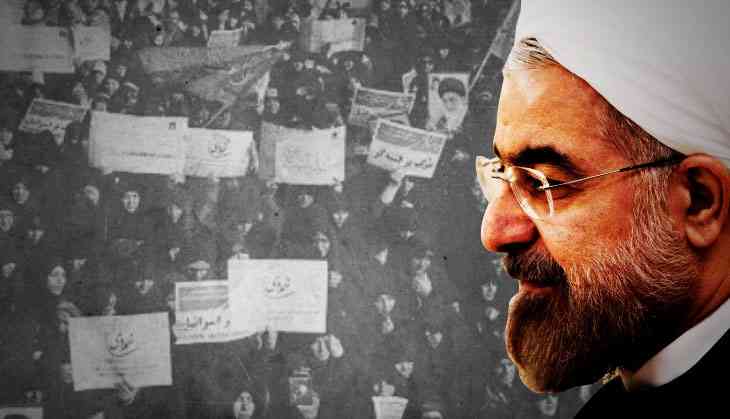
The war in Syria and Donald Trump’s decision to pull out of the Iran nuclear deal are signals that point toward a gradual transformation of the Islamic Republic of Iran into a heavily militarised status quo power. As a result of this new political evolution in the Middle East, it comes as no surprise to see the Iranian military and paramilitary forces projecting a more aggressive tone of defiance and intimidation toward the Americans and their allies.
Such an alarming situation would certainly put into question the stability of the Iranian regime. We should not forget that the Islamic Republic of Iran in the past 40 years has been one of the most stable and sustainable regimes in the region. Ayatollah Ali Khamenei has remained in power as the Supreme Leader of the revolution for nearly three decades. As such, the staying in power of Ali Khamenei – both as an individual currently holding the position, and that of the office – has been a key driver of the Iranian hegemony in the Middle East.
But there has been a more important and influential factor in Iranian politics since the very first days of the Iranian Revolution of 1979. The Islamic Revolutionary Guard Corps (IRGC) could be considered as one of the strongest and most sustainable political structures of the Islamic Revolution. The IRGC was created by the decree of the Supreme Leader Ayatollah Khomeini on 5 May, 1979, who formed the Revolutionary Guards as the ideological Guardians of the new Iranian theocracy. It was initially charged with protecting the revolution and its achievements. However, the IRGC used its constitutionally mandated role to legitimise its power and extent its political influence in the Islamic Republic.
Assuredly, the Revolution of 1979, as well as the Iran-Iraq war, helped boost the influence of the IRGC such that it became an influential institution both within Iran and in the international arena. This became more evident when the IRGC transformed into one of the most self-organised power centres in Iran. As the Islamic Revolutionary Guards accumulated more power and more influence, the lines between where their roles and responsibilities began and ended was blurred. This provided an avenue for the further accumulation of power and influence and the further expansion of the IRGC within and outside of Iran. As a result, the Islamic Revolutionary Guards became the real holders of the economic and political power in Iran.
On the economic level, the IRGC gained absolute control of all state contracts and investments, including oil and the imports and exports of Iran. As for the political level, the Revolutionary Guards entrenched themselves in the internal political affairs of the Iranian state, arresting, imprisoning and killing individuals that they considered as dangerous and subversive for their own survival. Last, but not the least, the military capabilities of the Islamic Revolutionary Guards turned out to be so extensive that they became a serious threat to the leadership of the Ayatollahs.
The end of the Iran-Iraq war saw the transformation of the Islamic Revolutionary Guard Corps from a weak military institution into a major driving force in the economic activities of the Iranian state. President Hasehmi- Rafsanjani made the decision to expand the IRGC’s jurisdiction to include economic activities. As a result, the IRGC became an economic empire with an annual turnover of $12 billion dollar.
Today, thirty years later, the core of the Iranian Revolutionary Guards economic power is the organisation’s control of oil and gas sectors in Iran as well as the monopolisation of various state-sponsored projects. In a report presented to the Iranian Parliamentary Committee, the engineering sector of the IRGC was indicated as the owner of 812 registered companies inside and outside of Iran.
One of the well-known examples of the IRGC’s control of the Iranian economy was the shutting down for six months of the Imam Khomeini airport in Tehran. The IRGC commanders made the decision to shut down the airport in order to protect their economic interests and maintain their control of yet another state-owned enterprise.
In addition to their monopoly within the legitimate economic sector in Iran, the IRGC also used its influence and power within the government to strengthen its involvement with illegal activities in the black market. The IRGC’s illegal activities include the importation of smuggling goods which have been banned by the regime, such as liquor. It is estimated that nearly one-third of the country’s imports are made through illegal markets, underground economy and illegal ports, which generate as much as 200-300 per cent profit for the IRGC.
Another important factor is the extensive influence of IRGC concerning internal security matters of the Iranian state. Accordingly, on numerous occasions the IRGC has suppressed the opposition to the revolutionary regime and battled any form of political unrest. As such, the Revolutionary Guards were behind the crackdown of protests in 2009 and more recently in December 2017.
The IRGC has been a unique force since its creation in 1978. It began as loosely organised, irregular militia force and expanded as a result of the Iraq invasion of Iran in 1980. Over time, the IRGC attained a position of dominance vis-à-vis the Iranian regular army. The military capabilities of the Iranian Revolutionary Guards include a ground force of roughly 100,000, plus air force and navy branches that possess approximately 20,000 men and an intelligence service that works independently from the Ministry of Intelligence.
There are also reports that the IRGC control the totality of Iran’s nuclear facilities. In addition to this, a sector of the IRGC, called the Qods Force, engages in missions abroad and supports liberation movements worldwide. It is said to be responsible for propagating the message of the Iranian revolution and liquidating opponents outside the Islamic Republic. It operates covertly or openly overseas, working with the Hezbollah of Lebanon, Shi’ite militias in Iraq, and Assad forces in Syria.
As we can see, it is very difficult today in Iran to challenge the power of the IRGC, which has the military potential of preparing a coup d’état against the whole clerical establishment of the Islamic Republic. As a result, the clerical establishment in Qom will find itself in an open confrontation with the Revolutionary Guards. When and where this confrontation unfolds violently, there will no doubt be both casualties and beneficiaries.
The likely beneficiaries of this struggle will be the Islamic Revolutionary Guards. With leading reformers and opponents in jail and the Iranian streets tamed by a military coup, the voices for reform and change will fall totally silent.
Also, the immediate and significant foreign policy implications of the IRGC takeover would witness the Guard Corps playing the nuclear card in order to assert Iran’s anti-imperialistic mission abroad, while boosting the Iranian nationalistic pride at home.
This in turn would lead to a renewal of American, Saudi and Israeli plans to launch military action against a militarised Iran that would certainly inflame the entire region and have catastrophic humanitarian consequences, while enriching and empowering the dangerous and violent components of the security and military apparatus in Iran.
Let us not forget that, as the Islamic Republic of Iran finds itself more and more mixed up with the pro-Assad camp in Syria and with the Hezbollah in Lebanon, the IRGC’s proxy building in the region will continue to antagonise Arab countries and Israel.
In that case, the billion-dollar question would be: Will there be a takeover by the Revolutionary Guards in Iran and if that is the case in a near future, would it end up with a wide-scale confrontation between Israel and Iran.


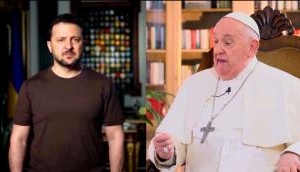
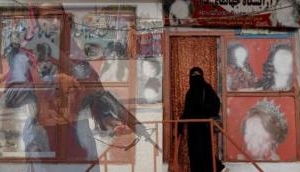
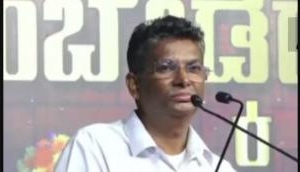

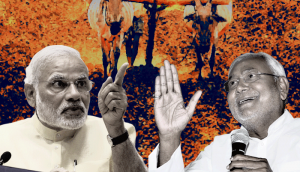
![BJP's Kapil Mishra recreates Shankar Mahadevan’s ‘Breathless’ song to highlight Delhi pollution [WATCH] BJP's Kapil Mishra recreates Shankar Mahadevan’s ‘Breathless’ song to highlight Delhi pollution [WATCH]](http://images.catchnews.com/upload/2022/11/03/kapil-mishra_240884_300x172.png)

![Anupam Kher shares pictures of his toned body on 67th birthday [MUST SEE] Anupam Kher shares pictures of his toned body on 67th birthday [MUST SEE]](http://images.catchnews.com/upload/2022/03/07/Anupam_kher_231145_300x172.jpg)




